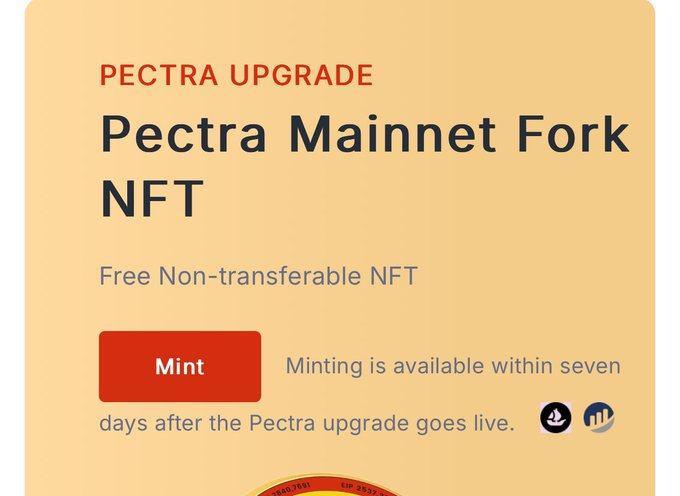Core Goals of the Ethereum Pectra Upgrade
Following the 2024 Dencun upgrade, Ethereum’s Pectra marks another major milestone. Activated on May 7, 2025 (Epoch 364032), the upgrade includes 11 proposals aimed at solving three core issues: high user interaction thresholds, Layer2 scalability bottlenecks, and inefficiencies in the staking ecosystem. Ethereum Foundation Protocol Lead Tim Beiko emphasized that Pectra is more than a technical iteration—it’s a realization of the “user-first experience” strategy.

Account Abstraction: From Complexity to Seamlessness
The most discussed EIP-7702 proposal allows traditional externally owned accounts (EOAs) to temporarily transform into smart contract wallets during a single transaction. This means users can now enjoy:
-
Batch transactions: Authorize multiple transfers or DeFi actions in one go, reducing friction.
-
Gas sponsorship: Pay transaction fees using tokens like USDC or DAI—no need to hold ETH.
-
Permission control: Set separate rules for different dApps, e.g., restrict a game contract to access only NFTs instead of the whole wallet.
Coinbase has already launched a “biometric wallet” using this model, allowing users to sign transactions via fingerprint or facial recognition. According to Dune Analytics, account abstraction wallets saw a 240% increase in new users and a 68% decrease in transaction failures during the first week after the upgrade.
Layer2 Scaling: Slashing Costs by 90%
Ethereum has long suffered from high mainnet gas fees. Pectra tackles this via two major improvements:
-
EIP-7691: Increases blob capacity per block from 3 to 6 (peak at 9), doubling Rollup throughput for chains like Arbitrum and Optimism. According to L2 Fees, the average Layer2 transaction cost dropped from $0.12 to $0.008—a 93% reduction.
-
EIP-7623: Raises calldata storage costs to push projects towards blob storage, reducing block bloat.
This benefits high-frequency scenarios. For instance, decentralized exchange dYdX cut its matching engine latency from 2 seconds to 0.4 seconds, with daily trading volume up 55% post-upgrade.
Validator & Staking Ecosystem Institutionalization
Pectra significantly lowers institutional barriers to staking:
-
EIP-7251: Raises validator cap from 32 ETH to 2048 ETH, enabling node consolidation. For example, a fund with 256,000 ETH can merge 8,000 nodes into just 125, simplifying operations.
-
EIP-7002: Allows validator exits to be triggered directly from the execution layer, mitigating risks from lost keys.
-
Efficiency gains: Validator deposit processing time dropped from 9 hours to 13 minutes; queue times virtually eliminated.
Post-upgrade, institutional staking grew 320% in one month. Firms like BlackRock and Fidelity contributed 47% of new ETH staked. Individuals can stake via JuCoin with a minimum of just 0.1 ETH.
Risks and Long-Term Challenges
Despite its advantages, Pectra brings some risks:
-
Security risks: EIP-7702’s temporary account switching may be exploited by phishing contracts, relying on wallet providers’ whitelisting mechanisms.
-
Inflation risk: Compounding staking rewards could accelerate ETH supply, affecting long-term price stability.
-
Regulatory scrutiny: The U.S. SEC is reviewing the legality of staking services, potentially limiting institutional involvement.
Heavy reliance on Layer2 may also weaken mainnet security. If 90% of transactions shift to Rollups, validator revenue drops, threatening decentralization.
Future Outlook: From Pectra to Fusaka
Pectra is the second phase in Ethereum’s three-step roadmap. The year-end Fusaka upgrade will introduce:
-
PeerDAS (Peer Data Availability Sampling): Enables blob capacity up to 48 via distributed node storage, supporting millions of TPS.
-
Verkle Tree transition: Optimizes state storage and enables “single-slot finality,” allowing instant transaction confirmation.
Account abstraction and Layer2 scaling are poised to become Ethereum’s upgrade norm. As Vitalik Buterin stated: “Ethereum’s goal over the next five years is to make users forget they’re using a blockchain.”




